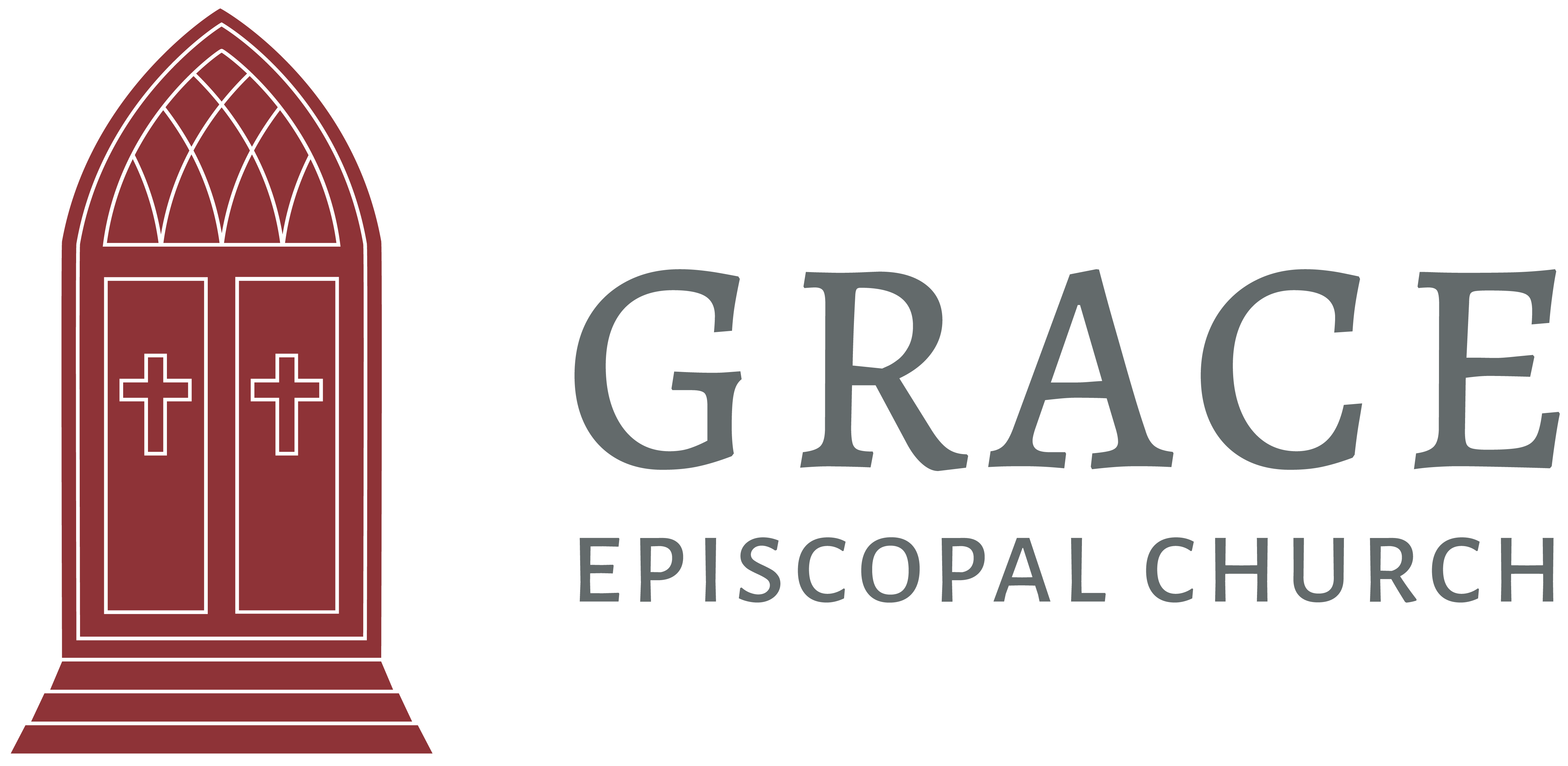Psalm 105:1-8; Acts 3:1-10; Luke 24:13-35
Where is Emmaus? No one’s 100% certain. There are four candidates, but last summer’s discovery of the massive Greek fortifications pictured above tilt the narrative heavily in favor of this particular site, Abu Ghosh. We know that the Greeks built a fortress at Emmaus (from I Maccabees and Josephus), as part of an effort to encircle rebellious Jerusalem during the Maccabean uprising. The only such fortress which isn’t in a well-known location is that mysterious Emmaus. And this is the only large Greek fortress found so far in the region. Conveniently, it’s also the only candidate which is 60 stadia (11 miles) from Jerusalem–the other candidates are either significantly further away or significantly closer. So while it’s not 100% certain, this pile of stones launches the little Arab town which basks in its title “model of coexistance” between the various religious communities to “almost certain” status in its claim to be Emmaus.
So to move away from archaeology to the stones we’re dealing with in our present moment: Jesus is known to them in the breaking bread. Sure it’s a totally within-the-social-distancing-guidelines event, with only three present. But it’s still people gathered, people not all of the same family. It’s still a meal and a conversation shared outside the huddled nuclear family, because Jesus isn’t a relative.
As we start to see signs that some shade of normal will be returning, we need to remember this story. We’re all going to be a bit shell-shocked by the last month, a month in which we’ve been told to distrust and shun our neighbor by every authority from public health officials to celebrities (really, John Cusack & Woody Harrelson: more acting and fewer conspiracy theories). That person over there looking robustly healthy could be viral-shedding. That person over there coughing is undoubtedly lethal. We’ve isolated the elderly and the sick from any meaningful human contact, an act we’d all have called unimaginably cruel just 6 weeks ago, without a second thought. I’m not mocking or doubting the recommendations–the Wilsons are staying in, wearing masks while out on necessary errands, talking only from six feet away. But I am saying that, in the long run, we’ve been told to fear our neighbors and that such a mind set is antithetical to Christian life. This story reminds us that intimacy with others outside the nest is essential if we want to see Jesus. Heck, it’s essential to being a human being. And we’re going to need to work hard to recover some of that intimacy (in a way, of course, that’s still prudent and responsible, because this virus isn’t going away, it’s just calming down for a bit).
Maybe the lesson of the Emmaus story for a lonely, frightened America is this: despite our passion for big, bigger, biggest “communities” like Comicon or rock concerts, sporting events or megachurches, despite our conviction that we were fully connected by technology, we have learned that we can still be terribly lonely without face-to-face human contact. Jesus, our model for full humanity, is mostly made known to people in small groups, to 11 frightened apostles in an upper room, Mary Magdalene alone in a garden, two companions out for a walk. Maybe we can use this model to recapture an appreciation for the small, an appreciation for the intimate, which need not be a synonym for the exclusionary, which is both a biblical model and one that won’t cause Dr Fauci to frown.

